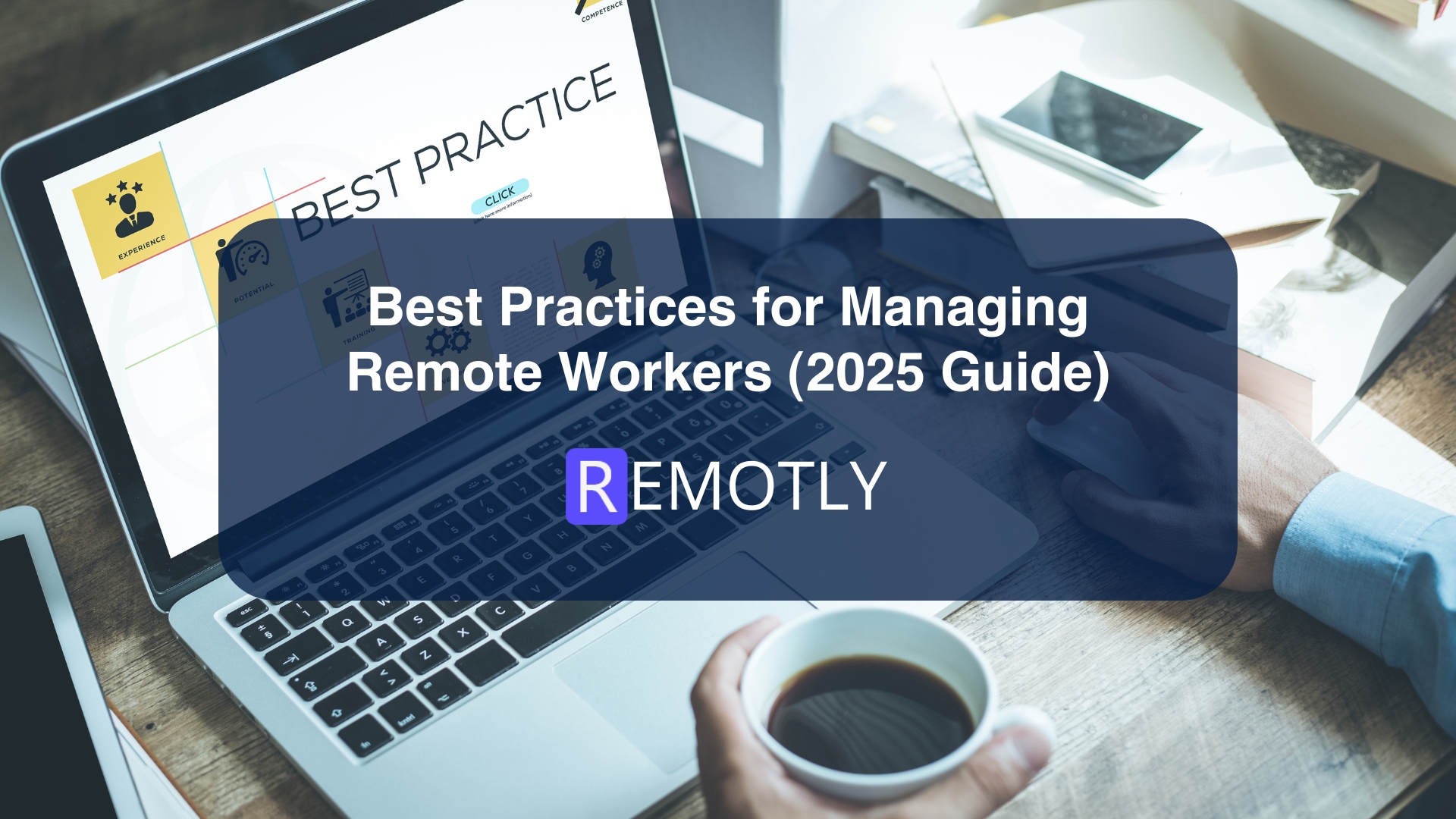The old-fashioned 9 to 5 workday is rapidly disappearing. In today’s evolving work landscape—where remote, hybrid, and globally distributed teams are the new normal—flexible work hours aren’t just a perk. They’re essential.
People now work across time zones, manage family responsibilities, and perform at their best during different hours of the day. The challenge? Coordinating productivity, collaboration, and accountability without enforcing rigid work schedules.
This is exactly where REMOTLY’s customizable work schedules & flexible time settings make a difference. It’s not just a feature—it’s a framework that helps your team work when they’re most productive, while maintaining clarity, coordination, and trust.
What Are Customizable Work Schedules?
REMOTLY enables organizations to implement flexible scheduling tailored to each individual’s preferences, routines, and locations. This approach ensures personal freedom without sacrificing team efficiency.
Here’s what you can do with REMOTLY:
- Set personalized work windows for each employee.
- Define core collaboration hours (e.g., 11 AM to 3 PM) to ensure overlap.
- Support teams across time zones with localized work schedules.
- Automatically align productivity metrics with employees’ preferred working hours.
Whether someone is a parent managing school runs, a night owl developer, or a creative who thrives in non-traditional hours—REMOTLY adapts to people, not the other way around.
Why Flexible Scheduling Matters Now More Than Ever
Today’s companies span countries, time zones, and cultures. Offering flexible work hours isn’t just about convenience—it’s about survival and success.
With REMOTLY, you can:
- Respect local time zones without impacting delivery.
- Embrace diverse lifestyles—from caregivers to part-time contractors.
- Adapt to different productivity rhythms, helping people do their best work on their terms.
This kind of flexibility helps reduce burnout, increases employee retention, and supports morale across hybrid and remote environments.
The Advantages and Disadvantages of Flexible Work Schedules
Let’s talk trade-offs. While flexible work schedules offer many benefits, they also come with challenges. Here’s a quick overview:
Advantages:
- Boosts autonomy, engagement, and job satisfaction.
- Supports work-life balance and reduces turnover.
- Aligns work hours with peak performance periods.
Disadvantages (which REMOTLY addresses):
- Risk of reduced visibility and collaboration.
- Potential for misaligned deadlines and team disconnection.
REMOTLY solves these issues with real-time tracking, core hours, and transparent work schedules—striking a balance between freedom and coordination.
Key Benefits of Flexible Work Schedules in REMOTLY
1. Higher Employee Satisfaction and Engagement
When people can work their way, they give you their best work. REMOTLY empowers individuals with customizable work schedules, leading to improved focus and motivation.
2. Smarter Cross-Time Zone Collaboration
REMOTLY visually maps overlapping hours across global teams, helping leaders plan meetings and handoffs without calendar chaos.
3. Performance Metrics That Match Reality
Wondering how to track employee productivity in a flexible setup? REMOTLY adjusts performance metrics to individual work hours—so night owls don’t look “inactive” just because they’re offline at noon.
4. Support for Non-Linear Workdays
Some employees do deep work at night or take midday breaks. REMOTLY’s dashboards accommodate these non-traditional patterns, ensuring accurate tracking and fair assessment.
Use Case: Global Customer Support Teams
Imagine a support team with agents in the US, UK, and India. REMOTLY allows you to:
- Assign local work schedules by region.
- Provide dashboards that reflect real-time, context-aware productivity.
- Establish overlapping hours only when needed—for meetings or training.
The result? Seamless, around-the-clock coverage and less scheduling stress.
How to Track Employee Productivity in Flexible Work Environments
With REMOTLY, tracking productivity doesn’t mean monitoring every keystroke. Instead, it offers:
- Real-time status indicators to keep everyone in sync.
- Personal productivity summaries that promote self-awareness.
- Dashboards that align insights with actual working hours.
This enables leaders to focus on outcomes—not just activity—while supporting a healthy, flexible culture.
Flexibility Without Losing Control
A common fear with flexible scheduling is the loss of control. But REMOTLY provides structure without micromanagement:
- Visibility into real-time team status.
- Accountability tools to ensure deliverables are met.
- Performance metrics that reflect both flexibility and focus.
What About Flexible Paid Time Off?
REMOTLY complements flexible paid time off policies by offering full visibility into availability, absences, and capacity. Managers can easily plan around time off while maintaining team momentum.
Why Choose REMOTLY for Flexible Time Settings?
REMOTLY’s human-first design helps organizations implement:
- Custom work schedules per role or region.
- Productivity tracking based on real-life rhythms—not outdated norms.
- Seamless team coordination, regardless of location or hours.
Whether you’re a growing startup or a global enterprise, REMOTLY helps you build a culture that values freedom and performance.
The Future of Work Is Flexible—and Measurable
Work-life balance is more than a buzzword—it’s essential for long-term success. With customizable work schedules & flexible time settings, REMOTLY empowers modern teams to work smarter, feel better, and deliver stronger results.
Because when people have the freedom to work their way, they’ll give you their best.
Ready to embrace the future of flexible work? Explore REMOTLY’s powerful scheduling features at remotly.tech.



